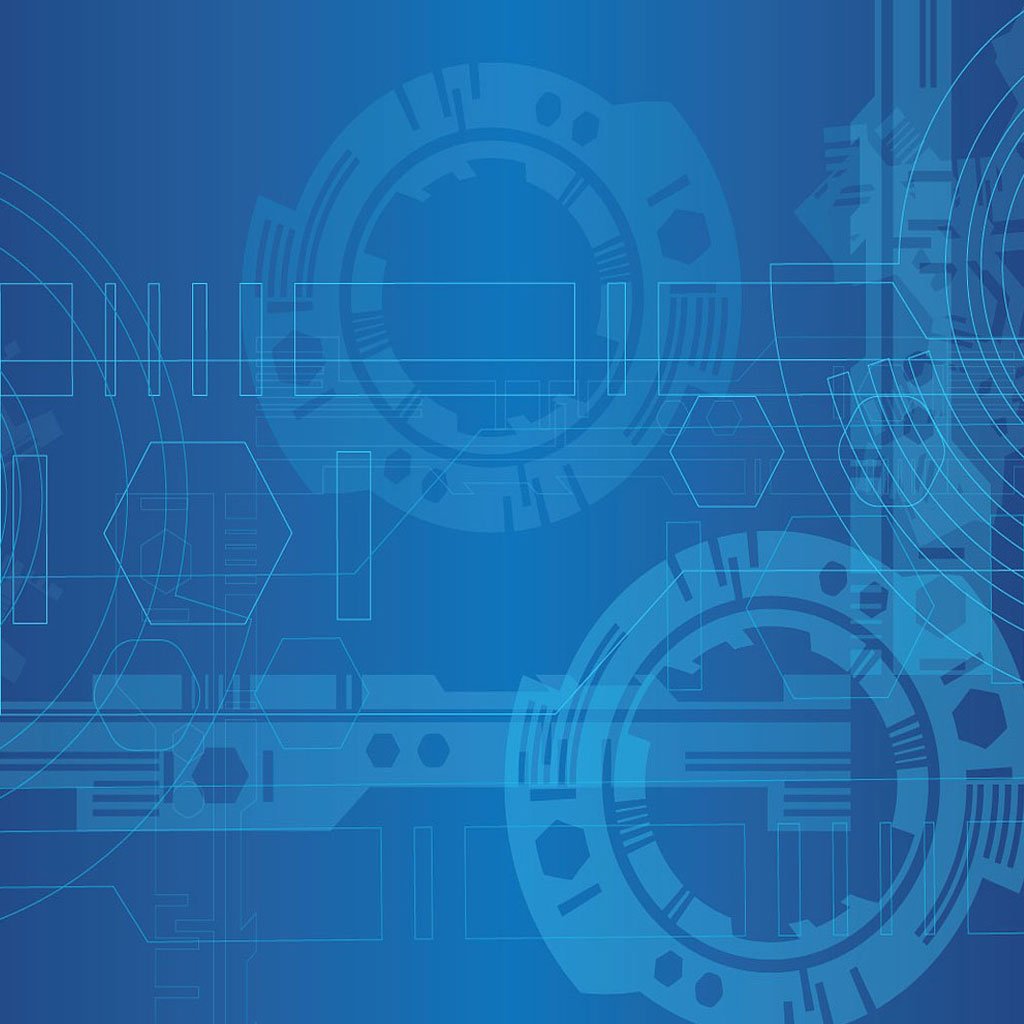
Harnessing the Power of IoT in Smart Agriculture: Revolutionizing Farming Practices
Last updated: March 23, 2024 | Digital Techtune
The integration of the Internet of Things (IoT) in agriculture has led to a paradigm shift in farming practices, empowering farmers with real-time data and insights to optimize crop yields, conserve resources, and enhance sustainability. This essay explores the multifaceted applications of IoT in smart agriculture, encompassing precision farming, livestock monitoring, supply chain management, and environmental monitoring.
Precision Farming:
- IoT sensors and devices are deployed across fields to collect data on soil moisture, temperature, humidity, and nutrient levels.
- Data analytics and machine learning algorithms process this information to generate actionable insights, enabling farmers to make informed decisions regarding irrigation, fertilization, and pest control.
- Precision agriculture techniques, such as variable rate application and automated irrigation systems, optimize resource usage, minimize wastage, and improve crop productivity.
- Case studies and examples demonstrate the efficacy of precision farming in enhancing crop quality and quantity while reducing environmental impact.
Livestock Monitoring:
- IoT-enabled wearables, such as smart collars and ear tags, are utilized to monitor the health, behavior, and location of livestock.
- Real-time tracking of vital signs and activity levels allows early detection of diseases, ensuring prompt intervention and treatment.
- Data analytics tools analyze animal behavior patterns and feed consumption, enabling farmers to optimize feeding regimes and manage herd health more effectively.
- Integration with blockchain technology enhances transparency and traceability in the livestock supply chain, fostering consumer trust and food safety.
Supply Chain Management:
- IoT devices are employed throughout the agricultural supply chain to monitor inventory levels, track shipments, and ensure product quality and freshness.
- Sensors embedded in storage facilities and transportation vehicles monitor temperature, humidity, and other environmental conditions to prevent spoilage and maintain product integrity.
- Smart packaging solutions equipped with RFID tags or QR codes provide real-time visibility into the origin, journey, and attributes of agricultural products, facilitating traceability and compliance with food safety regulations.
- Automated inventory management systems and predictive analytics optimize supply chain logistics, reducing inefficiencies and minimizing waste.
Environmental Monitoring:
- IoT sensors and drones are deployed to monitor environmental parameters, such as air quality, weather patterns, and crop health.
- Remote sensing technologies, including satellite imagery and unmanned aerial vehicles (UAVs), capture high-resolution data for crop monitoring and yield prediction.
- Integration with weather forecasting models enables farmers to anticipate adverse weather events and mitigate risks through timely interventions.
- Environmental monitoring initiatives contribute to sustainable agriculture practices by promoting soil conservation, water management, and biodiversity preservation.
Challenges and Future Directions:
- Despite the numerous benefits of IoT in smart agriculture, challenges such as data security, interoperability, and scalability need to be addressed.
- Collaborative efforts between stakeholders, including farmers, researchers, policymakers, and technology providers, are essential to overcome these challenges and unlock the full potential of IoT.
- Future directions for IoT in agriculture include the integration of emerging technologies such as artificial intelligence, blockchain, and edge computing to further enhance efficiency, resilience, and sustainability.
- Policy frameworks and incentives to promote the adoption of IoT solutions in agriculture can foster innovation and drive positive socioeconomic impacts in rural communities.
Conclusion:
- The Internet of Things has emerged as a transformative force in agriculture, revolutionizing traditional farming practices and enabling the transition towards smart, data-driven agriculture.
- By harnessing the power of IoT technologies, farmers can achieve greater productivity, profitability, and sustainability while mitigating environmental risks and ensuring food security for a growing global population.
- Continued research, investment, and collaboration are imperative to overcome challenges and realize the full potential of IoT in shaping the future of agriculture.

